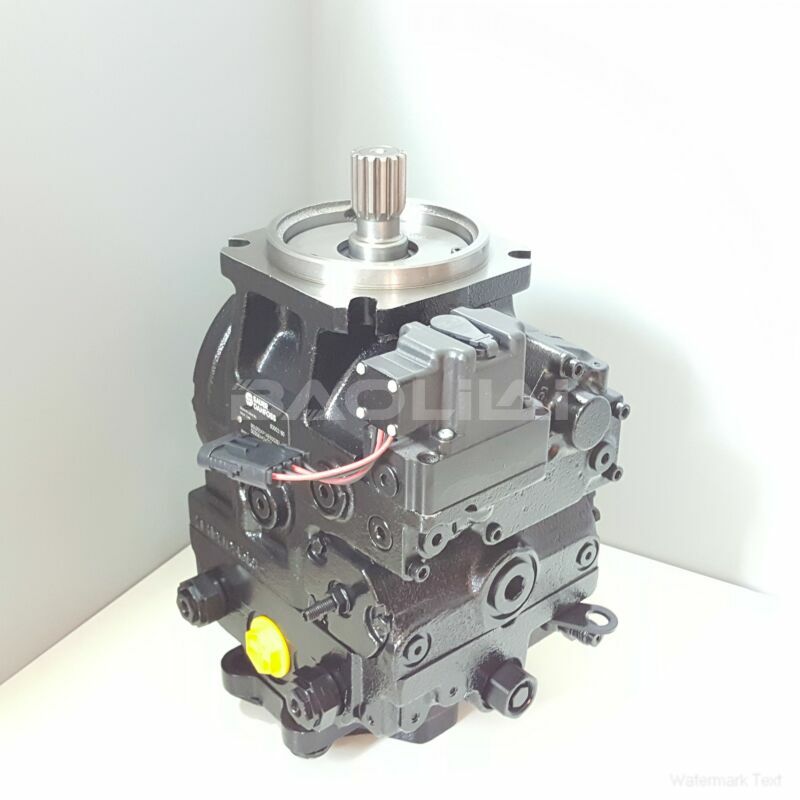90R055KA1NN80P3C6C09GBA424220 hydraulic pump
90R055KA1NN80P3C6C09GBA424220 hydraulic pump

- Product Details
- Applicable Scene
Hydraulic pumps play a critical role in fluid circulation within hydraulic systems, particularly in hydraulic brake systems used in vehicles. These systems rely on the effective transfer of hydraulic fluid to function efficiently, ensuring the safety and performance of braking mechanisms. This article explores the types of hydraulic pumps used in these applications, their operating principles, and their significance in fluid power technology.
90-R-055-KA-1-NN-80-P-3-C6-C-09-GBA-42-42-20
90R055KA1NN80P3C6C09GBA424220
Hydraulic brake systems convert force into hydraulic pressure to activate the brakes. When the driver applies the brake pedal, a cylinder compresses the hydraulic fluid, which is transmitted to the brake calipers that physically clamp onto the brake discs. This pressure increase is facilitated by hydraulic pumps, which serve as the heart of the hydraulic system.

9422511
There are several types of hydraulic pumps commonly employed in hydraulic brake systems, including gear pumps, vane pumps, and piston pumps. Gear pumps are known for their simplicity and durability, making them a popular choice for automotive applications. They consist of two gears that rotate in opposite directions to create a suction effect, drawing fluid into the pump and forcing it out under pressure.
Vane pumps, on the other hand, utilize sliding vanes in a rotor to trap and move hydraulic fluid. These pumps are particularly efficient at a range of flow rates and can maintain a consistent output pressure, making them suitable for applications requiring variable flow dynamics. Piston pumps, characterized by their use of reciprocating pistons within cylinders, offer high-pressure output and are often used in hydraulic systems requiring significant force.
The efficiency of hydraulic pumps is essential in ensuring quick response times within brake systems. Hydraulic fluid must circulate rapidly to maintain optimal pressure levels and prevent brake fade — a phenomenon where brakes lose effectiveness due to overheating. By maintaining hydraulic fluid viscosity, quality, and temperature, the pumps help to ensure consistent brake performance.





